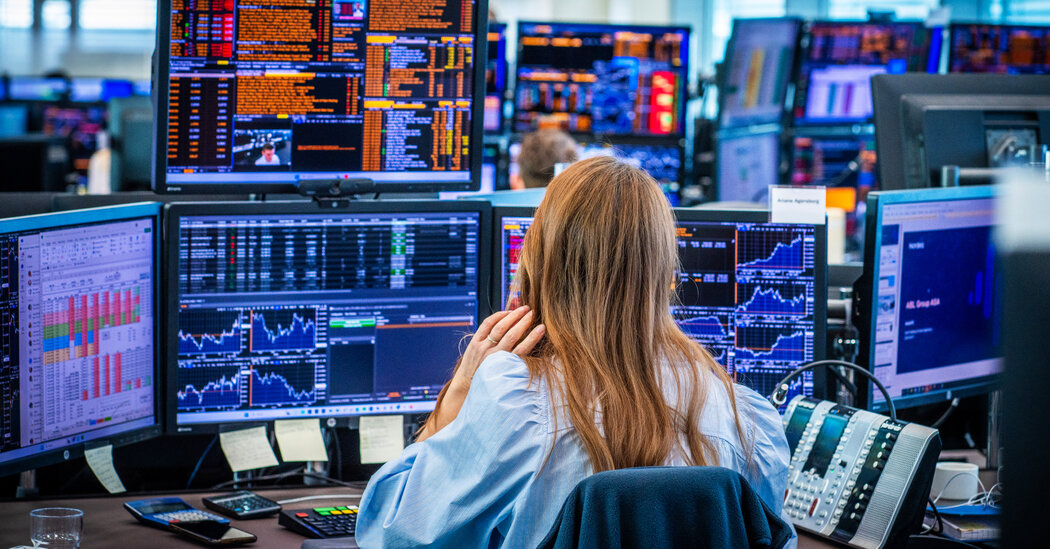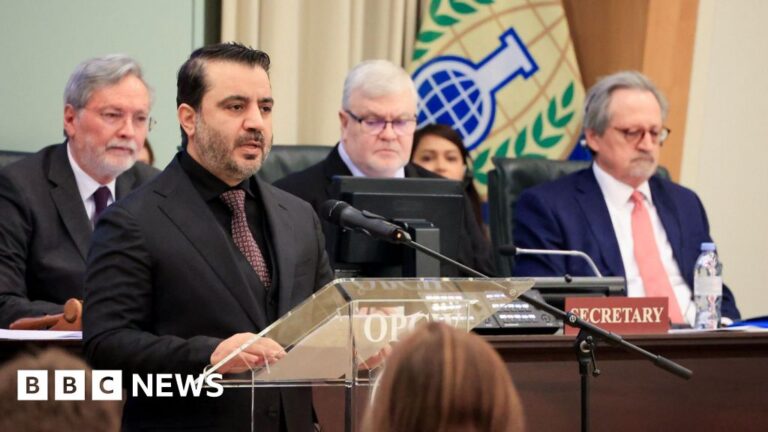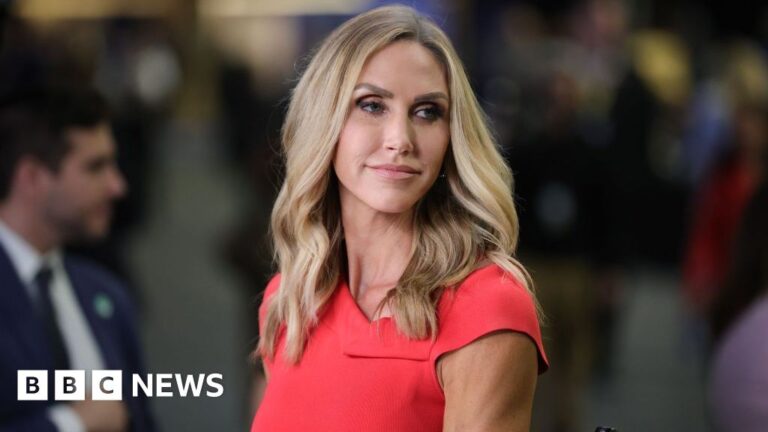Tariffs risk worsening inflation and damaging growth, increasing the bar for the Fed to lower interest rates. The Fed chair, Jerome H. Powell, emphasized the potential inflationary effect of tariffs, indicating that a one-time increase in prices could become an ongoing inflation problem. The Fed’s two goals are to foster a healthy labor market and maintain low, stable inflation.
Trumps tariffs are expected to lead to higher inflation and slower growth, making it difficult for the central bank to cut interest rates. Powell said the economy needs to show real progress on inflation or a weakening labor market to restart rate cuts, which could be delayed until later this year or next year.
Economists across Wall Street are more gloomy about the outlook, expecting a recession and higher unemployment. They forecast that the Fed will lower interest rates significantly to counteract the effects of the tariffs. Michael Feroli at J.P. Morgan expects a recession in the second half of the year, while Jonathan Pingle at UBS predicts a percentage point worth of cuts this year, with core inflation reaching 4.6%.
However, there are credible risks to this outlook, including the possibility that the inflation shock will be too enormous for the Fed to ignore.
The Fed will look at inflation expectations to determine when to restart rate cuts. If expectations begin to wobble, the Fed will need to see more economic weakness.
Source link




